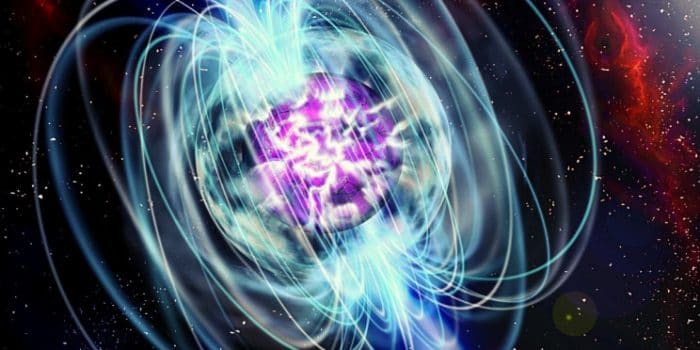Weird and extreme radio energy blasts were received from within our own galaxy, announced astronomers in the latest study printed in the journal Nature.
Particularly, the found signals are quick bursts (FRBs)- which stay only a tiny fraction of a second but can own more power than the sun on its own. Given the intensity of FRBs, their basic origin stays mainly unknown, reports The Independent.
Although in the newest research, astronomers identified a fast radio in our own Milky Way galaxy- it is the very first instance. This is nearer than any FRB detected in the past and may support astronomer’s understanding of where and how they happen to come into existence.
Scientists have long grappled with detecting the start of these acute blasts because they’re short, unforeseeable, and come to a huge distance away. But the consensus is they are made within some of the harshest conditions available in our universe — with possible explanations stretching from dying stars to alien technology.
The radio energy launched seems to have occurred from a magnetar — which happens to be a star with a highly powerful magnetic field, stated the scientists who noticed the new FRBs.
They established the blast would materialize like other, more far off FRBs if observed from a frame of reference outside of our galaxy, which suggests some of the other blasts might inherit existence via other similar objects, further in deep space.
“There’s this large mystery as to what would create these great outbursts of energy, which till recently we’ve identified arriving from halfway across the universe,” told Assistant Professor of Physics Kiyoshi Masui of MIT — who was leading the science team’s research of the FRB’s brightness. “This is the first instance we’ve been able to summarize these exotic fast radio bursts to a single astrophysical object.”
The latest FRBs were initially detected on April 27, when researchers working two space telescopes found multiple gamma-ray and X-ray emissions occurring from a magnetar on the opposite side of the galaxy. The day after, researchers utilized two telescopes in North America to observe the same patch of sky — and identified the blast later known as FRB 200428.
“This happens to be the first FRB from the Milky Way, the first in relation with a magnetar, a first blast to portray emissions other than radio-waves,” reported Independent reports.
The research turned into a possibility with data collected from telescopes worldwide through an international team of researchers taking observations with equipment in the U.S., China, Canada, and outer space.
FRBs were first discovered in 2007 and triggered an instant cacophony of rumors regarding what might be the cause of these intense blasts of energy. Magnetars happen to be the most likely contender since then, given theoretical work proposing their magnetic fields may work like engines making the powerful cosmic blasts.
To put this to trial, astronomers have attempted to pinpoint FRBs’ origin to sectors of the sky as minute as possible. This theory should help scientists connect the blasts with known objects in space and find out hidden associations between radio energy and other astronomical phenomena.
This recent work is important because it is the beginning to establish a connection between FRBs and magnetars. If nothing more, it’s a pleasant break in the search for the origin of at least some FRBs.
“We estimated that a burst of such intensity is occurring from another galaxy would be hard to differentiate from some fast radio bursts, so this actually lends weight to the theory proposing that magnetars could be beyond at least some FRBs,” told Pragya Chawla, the study’s co-authors and a senior doctoral student in McGill’s physics department.
Although the newest findings may not be able to describe all known FRBs “provided the huge gaps in energetics and activity amongst the brightest and most active FRB sources, and what is studied for magnetars, maybe younger, more energetic and active magnetars are required to explain all FRB observations,” stated Paul Scholz of the Dunlap Institute of Astronomy and Astrophysics, at the University of Toronto.
When or if the FRB is proven to have a magnetar as inception, astronomers still happen to face numerous mysteries. They’ll consider the mechanism magnetars helped to power an FRB and look out the occurrences of these to understand how these bright, unusual bursts of maddening energy and X-ray emissions concurrently, from inside our galaxy.


